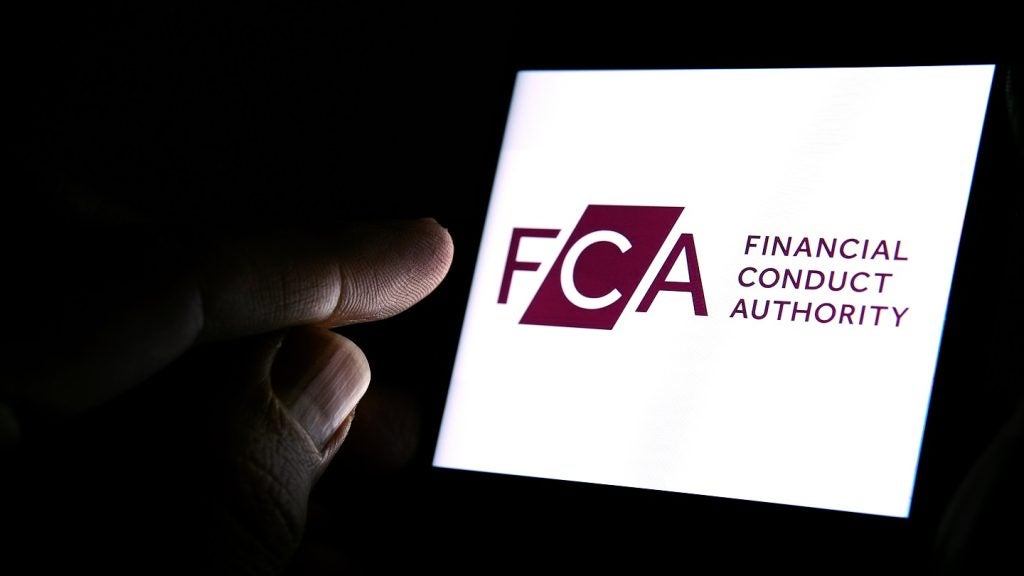JPMorgan Chase has beaten analyst forecasts and
posted its highest ever quarterly net profit.
In the three months to 31 March, JPMorgan Chase
recorded net income of $5.6bn, up almost 70% from the corresponding
period a year ago.
But the Retail Financial Services unit reported
a net loss of $208m, an increase of more than 50% from the net loss
of $131m posted in the prior year.
RFS net revenue fell by 19% to $6.3bn; net
interest income declined by 8% to $4.6bn reflecting the impact of
lower loan balances due to portfolio runoff and narrower loan
spreads.
Non-interest revenue collapsed by 40% to $1.6bn,
driven by lower mortgage fees and related income.
The Chase branded Retail Banking unit reported
net income of $891m, flat compared with the prior year.

US Tariffs are shifting - will you react or anticipate?
Don’t let policy changes catch you off guard. Stay proactive with real-time data and expert analysis.
By GlobalDataRetail Banking net charge-offs were $119m (2.86%
net charge-off rate), compared with $191m (4.58% net charge-off
rate) in the prior year.
Non-interest expense was $2.8bn, up 9% from the
prior year, resulting from sales force increases and new branch
builds.
Chase ended the first quarter with 5,292
branches, up 3% from a year ago.
Positive retail banking metrics included:
- Checking accounts totaled 26.6m, up 3% from the
prior year; - Average total deposits were $348.1bn, up 4%
from the prior year and 3% from the prior quarter, and - Branch sales of investment products increased
11% from the prior year and 8% from the prior quarter.
Less positive retail metrics included further
margin pressure: the deposit margin was 2.92% compared with 3.02%
in the prior year and 3.00% in the prior quarter.
Branch sales of credit cards were down 12% from
the prior year and down 9% from the prior quarter.
JPMorgan Chase’s Mortgage Banking, Auto &
Other Consumer Lending unit, also endured a challenging quarter. It
reported a net loss of $937m compared with net income of $257m a
year ago.
By contrast, Chase’s card unit returned to
profit, posting net income of $1.3bn, compared with a net loss of
$303m in the prior year. The improved results were driven by a
lower provision for credit losses, partially offset by lower net
revenue.







